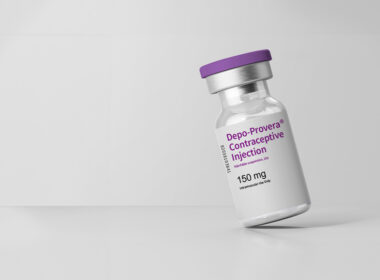If you’ve ever heard the term “mass tort” and wondered what it actually means, you’re not alone. At Justpoint, we get this question all the time, and today we’re here to break it down for you.
You’ve probably come across class action lawsuits—maybe you’ve even received one of those official-looking postcards in the mail notifying you that you’re part of a settlement. A mass tort litigation is similar in some ways, but with some very important differences that could matter a lot if you or a loved one has been harmed by a product.
Mass Tort vs. Class Action: What’s the Difference?
Let’s start with the basics. In a class action lawsuit, a large group of people who’ve experienced similar harm or losses come together to file a single lawsuit. Because these cases involve common legal or factual issues, the group must meet specific legal requirements like:
- Commonality: All members share similar legal or factual questions.
- Numerosity: There are enough people involved to justify handling it as a group case.
- Typicality: The experiences of the representatives of the group are similar to those of everyone else in the class.
If the lawsuit is successful, the settlement or judgment is typically split evenly, because each person’s claim is treated as essentially the same.
On the other hand, a mass tort involves many people harmed by the same product or action, but their injuries are often unique.
On the other hand, a mass tort involves many people harmed by the same product or action, but their injuries are often unique. Here’s how it works:
- Each person files an individual lawsuit, even though all the cases are linked by a common defendant and issue (like a defective drug or device).
- These individual lawsuits are then grouped together and consolidated for efficiency, often in a process called “multi-district litigation” (MDL).
- If there’s a settlement, compensation is determined on a case-by-case basis—because everyone’s injuries and circumstances are different.
This approach allows for more personalized justice, recognizing that while the cause of harm might be the same, the impact on each person’s life can vary greatly.
Why It Matters
Being harmed by something you trusted—whether it’s a prescription medication, a medical device, or any other consumer product—can completely upend your life. You may face overwhelming medical bills, lost wages, physical pain, and emotional stress.
At Justpoint, we understand how devastating that can be. That’s why we’re here—not just with information, but with support. Our team of legal experts, medical professionals, and compassionate case managers are ready to help you navigate the entire process of a mass tort claim.
We’ll help you determine whether you qualify, gather the evidence you need, and stand with you at every stage to ensure you’re treated fairly.
Take the First Step Toward Justice
If you or someone you care about has been harmed by a product—even if it initially seemed to help—don’t wait. Everyone deserves honest answers, experienced guidance, and the chance to be heard.












